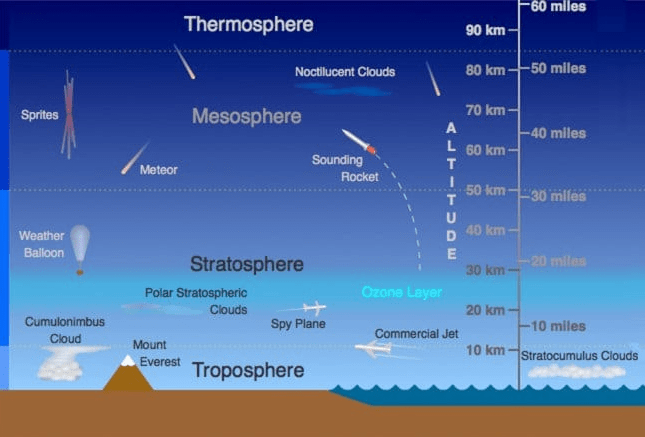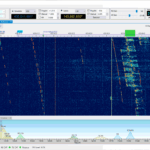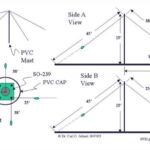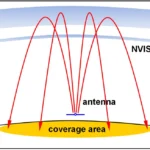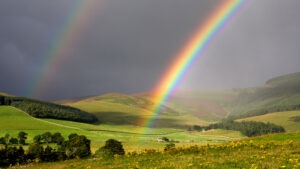The troposphere is the lowest layer of Earth’s atmosphere, extending from the planet’s surface up to about 8-15 kilometers (5-9 miles) depending on the latitude and weather conditions
This layer is crucial for life on Earth as it contains approximately 75% of the atmosphere’s mass and nearly all of its water vapor
What is the Troposphere?
The term “troposphere” comes from the Greek words “tropos,” meaning “turning” or “mixing,” and “sphaira,” meaning “sphere”
1This name reflects the dynamic nature of this atmospheric layer, where air is constantly in motion, mixing and turning due to various weather phenomena.
The Role of the Troposphere in Weather
The troposphere is where all weather events occur. It contains the majority of the atmosphere’s water vapor, which is essential for cloud formation and precipitation
The temperature in the troposphere decreases with altitude, leading to the formation of different weather patterns. For instance, warm air rising from the Earth’s surface cools as it ascends, leading to condensation and cloud formation
Weather systems such as storms, rain, snow, and wind are all products of the interactions within the troposphere. The constant movement of air masses and the exchange of heat and moisture between the Earth’s surface and the atmosphere drive these weather phenomena
The Troposphere and Communications
Now, let’s dive into the fascinating world of communications, particularly for amateur radio enthusiasts. The troposphere plays a significant role in how radio waves travel, making it possible for us to communicate over long distances.
Tropospheric Propagation: This is the process by which radio waves travel through the troposphere. There are several types of tropospheric propagation that can extend the range of radio signals beyond the line of sight
- Tropospheric Ducting: Imagine the troposphere as a giant slide for radio waves. When layers of different temperatures and humidity create a “duct,” radio waves get trapped and can travel over long distances, much like sliding down a long, winding slide. This phenomenon can significantly extend the range of VHF (Very High Frequency) and UHF (Ultra High Frequency) radio signals, allowing amateur radio operators to communicate over hundreds of kilometers. Note that the Troposphere has no effects on VLF < HF radio signals.
- Tropospheric Scatter: This is like playing a game of catch with radio waves. When radio waves encounter irregularities in the troposphere, they scatter in different directions. Some of these scattered waves can travel over long distances, enabling communication even when the direct path is blocked by the Earth’s curvature. This method is particularly useful in remote areas where traditional communication infrastructure is not feasible.
- Enhanced Tropospheric Refraction: Think of this as bending light through a prism. When the lower troposphere divides into two stable layers, typically a warm dry layer over a cool moist layer, radio waves bend as they cross the boundary between these layers. This bending can extend the range of radio signals, reaching places that are normally out of range.
These propagation methods are not just technical jargon; they are the magic behind how amateur radio operators can connect with others across vast distances. Whether it’s chatting with a fellow enthusiast in a neighboring country or participating in international contests, understanding tropospheric propagation can make a world of difference.
Conclusion
The troposphere is a vital component of Earth’s atmosphere, playing a crucial role in both weather and communications. Its dynamic nature and the presence of water vapor make it the primary stage for weather phenomena, while its properties enable long-distance radio communication through various propagation methods. Understanding the troposphere helps us appreciate the complex interactions that shape our weather and enhance our communication capabilities.
Tell us how can we improve this post?
Hi I am Marcus, MM0ZIF, a licenced Radio Amateur, Doctor of Musicology, amateur weather enthusiast. I over the years have been a Amateur Radio Tutor, Examiner, and a Regional Manager for the Radio Society of Great Britain.
This site is dedicated more towards Amateur Radio and Weather, with an angle on Technology too. I also maintain https://havenswell.com/ which is my other blog which is more aimed at cooking, hobbies and life in general as well as businness and networking.

